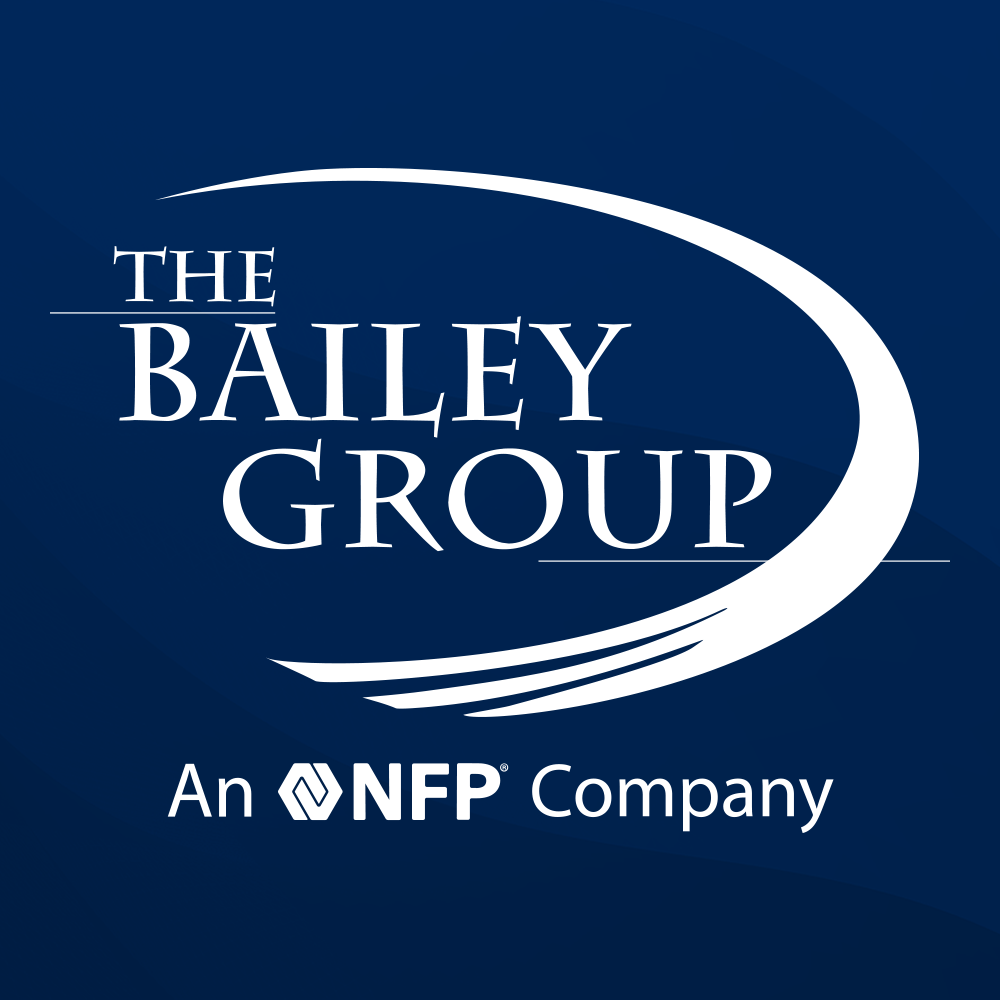Effectively Using Incentives In Your Wellness Program
By The Bailey Group Marketing
Published April 5, 2017

Workplace wellness programs seek to impact risk factors associated with preventable illnesses by promoting healthy lifestyle choices. Because lifestyle behaviors are deeply ingrained within us, making behavioral changes is difficult and requires discipline and dedication.
One way to raise and maintain employee interest in wellness programs is to offer incentives. The best incentive programs are easy to administer and cost-effective, and encourage employees to take action and sustain positive lifestyle changes over time.
Incentives are widely used in workplace wellness programs because they can increase employee engagement and produce significant changes in behavior.
Types of Incentives
Most wellness programs give something positive to their employees to encourage healthy behaviors rather than taking something away.
To maximize its perceived value, an incentive should be designed with a high perceived value relative to its cost. Of course, the perception of value will vary from company to company and from one individual to another. An incentive should provide enough value to motivate participants to change their behaviors now rather than holding out for something better in the future.
Incentives can be based on participation or on a results model. Under the participation model, employers provide incentives to all individuals in the program just for participating. 
Under the results model, employers can choose whether to provide incentives to all individuals who reach a predetermined goal or just to the top performers. Incentives in both models can either be taxable or tax-exempt.
[socialpug_tweet tweet=”Who you reward in your wellness program is as important as what you reward.” style=”2″ remove_username=”yes”]
There are a number of legal compliance issues involved with providing incentives under workplace wellness programs. Many of these compliance issues are linked to group health plan benefit incentives. However, other legal considerations—such as compliance with the Americans with Disabilities Act (ADA) and the Genetic Information Nondiscrimination Act (GINA)—broadly apply to most workplace wellness incentives. For example, under the ADA, employers must provide reasonable accommodations to enable disabled employees to fully participate in the wellness program and earn rewards. It’s important that you check with your broker and legal representation before starting any incentive based program to make sure that it meets current compliance standards.
Here are some examples of the different types of incentives you can use to motivate employees in your program …
Cash and Cash Equivalent Incentives
Cash and cash equivalent incentives are taxable. These incentives are taxed like bonuses or discretionary employer gifts. For the most part, an employer’s liability with this type of incentive is limited to the tax implications of giving discretionary, additional compensation to its employees.
Cash and cash equivalent incentives include bonuses, gifts and gift certificates.
Fringe Benefit Incentives
Independent employee fringe benefits are subject to the rules issued by the Internal Revenue Service (IRS). To make sure that fringe benefits remain independent, employers should not offer them in connection with group health plan benefits.
Examples of fringe benefits include merchandise (water bottles, mugs, shirts, etc.), employer-sponsored gym memberships, personal training sessions, employee discounts on employer products, a trophy for the winner or for the winning team, raffle items for the top participants, or a trip to a health spa.
Public Recognition
Publicly or privately acknowledging an employee’s success is an effective and free way to reward hard work and boost morale.
Some recognition examples include mentioning employee accomplishments in an employee newsletter or email, presenting trophies and awards, or displaying a poster including the winners’ names at your workplace.
Group Health Plan Benefit Incentives
Reductions on group health plan premiums and lower copayment and deductions on group health plans are attractive to employers and employees because they are often non-taxable and add value to an employee’s total compensation. Group health plan benefit incentives include additional flex credits for cafeteria plans, additional health savings account (HSA) or health reimbursement account (HRA) contributions, discounts on health insurance premiums and reductions in health insurance copays.
However, the compliance risk for employers that offer employee benefit incentives is higher than for those offering cash or cash equivalents because there are many federal regulations that regulate the eligibility, availability, continuity and privacy of group health plan benefits. While offering group health plan benefit incentives for a wellness program is possible, employers should consider whether they are willing to take on additional compliance risks.
What Behaviors Should You Reward?
Some of the most common behaviors that are rewarded by incentives are the completion of health risk assessments, participation in wellness program activities and individual achievements.
Health risk assessment completion is generally rewarded because the information that it provides is invaluable to wellness program design and evaluation. Furthermore, the more individual participation there is, the more likely the data will be useful and accurate for the employer.
Participation in program activities such as nutrition, smoking cessation classes, achievement of specific lifestyle changes (for example, not smoking) or biometric accomplishments (for example, obtaining particular cholesterol, body mass index or blood pressure levels) are often rewarded to encourage continued participation in wellness programs.
Deciding who to reward is as important as determining what to reward. Employees, themselves, often account for less than half of an employer’s total health plan enrollment. Because of this, improving the health of employees’ spouses and children can also generate significant health care cost savings. To reach all members of your health plan, consider developing educational materials and offering incentives to the entire family.
How Exactly Does All This Get Funded?
While intangible incentives have a relatively low cost to employers, they do require funding. For employers to experience a positive return on investment (ROI), the cost of incentives must be less than the expected savings the program will produce. Employers are likely to see savings in the form of fewer medical, absenteeism, disability and workers’ compensation claims, along with improved productivity and employee morale.
Keep in mind, though, that many programs take several years to develop a positive ROI. To achieve cost savings, it is important that your workplace wellness program offers effective incentives that motivate lifestyle changes and improve the health of your employees and their families.
Are you looking to get a wellness program off the ground at your company? Maybe you’re searching for a partner to help you level-up your current program. Either way, our Health Promotion team is here to help you create a best-in-class wellness program. Take a look at how we can help and then drop us a line at the bottom of the page. We’d love to have a conversation about how we can help you create a happier and healthier workforce.




